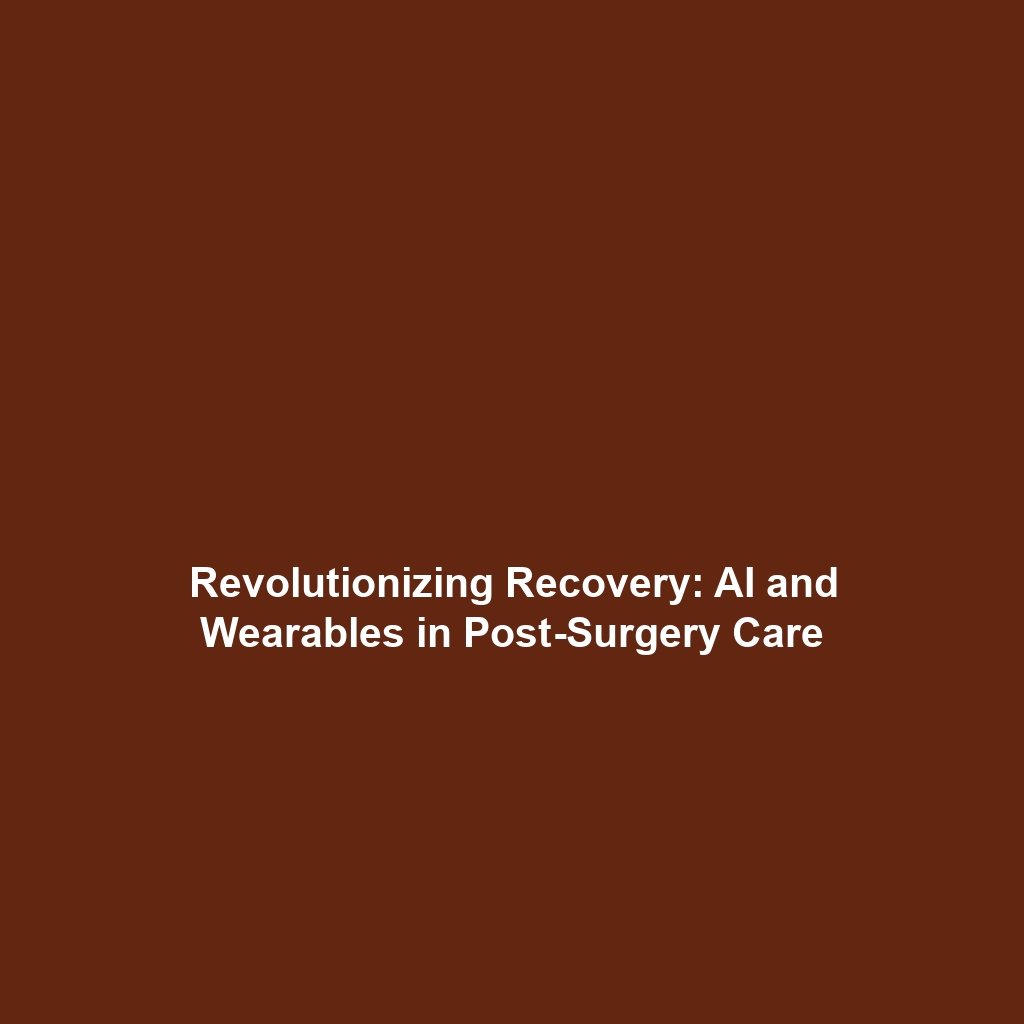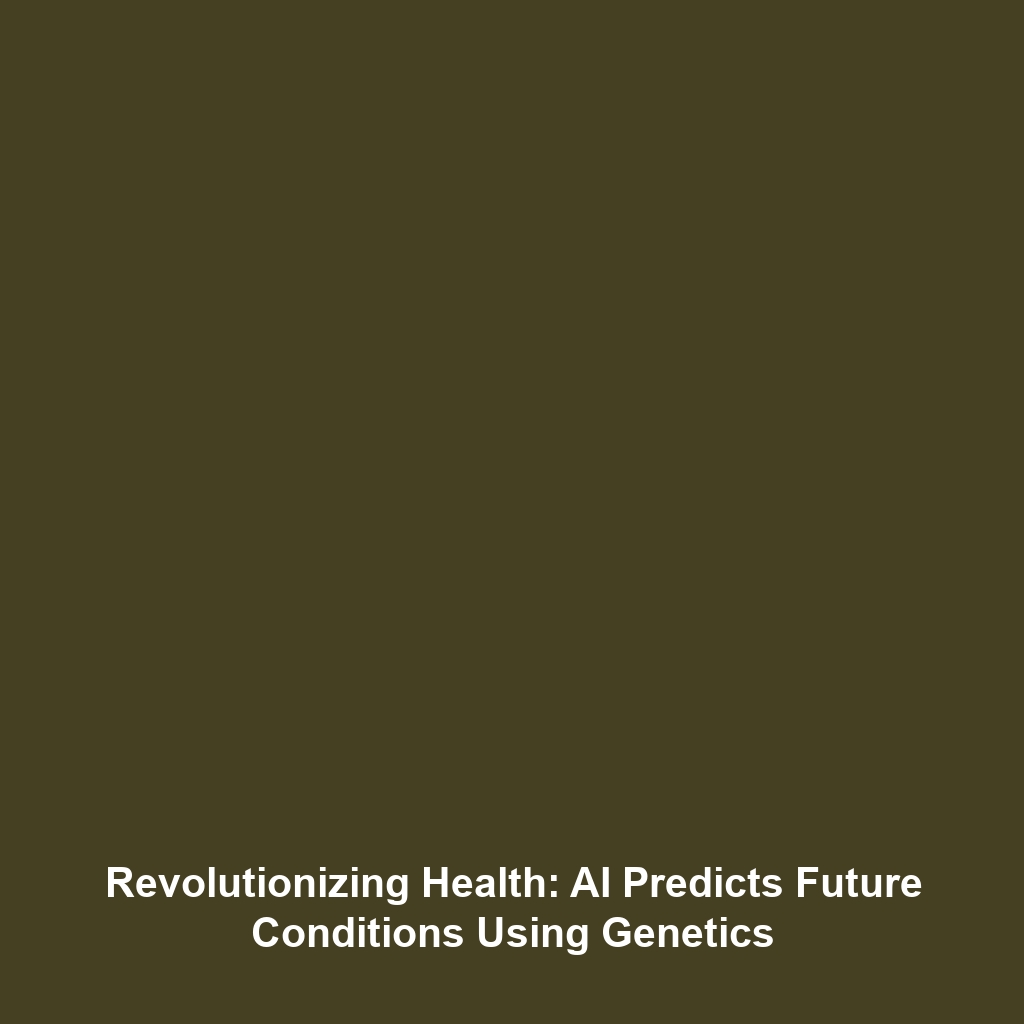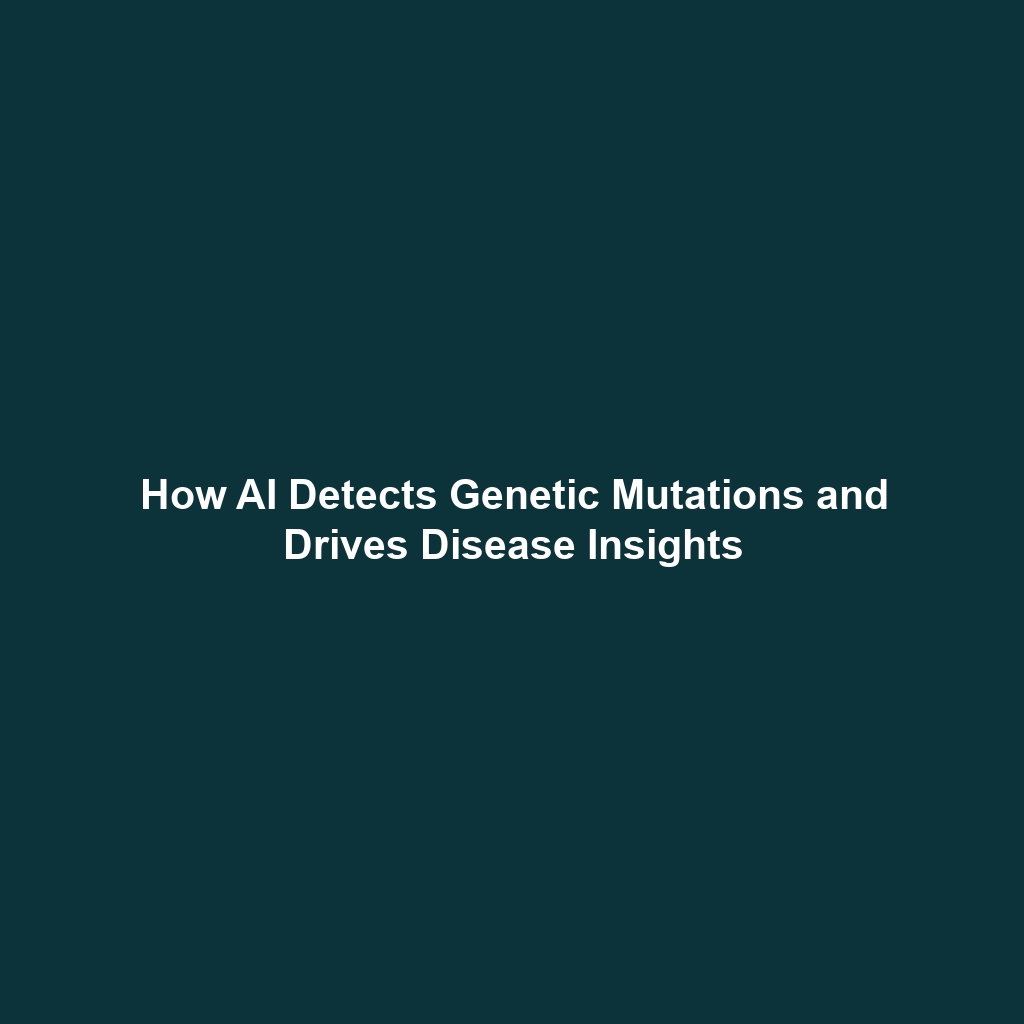CRISPR Gene Editing: Applications in Detecting Genetic Mutations and Cancer Biomarkers
Introduction
The advancement of CRISPR gene editing has revolutionized the field of genetics, particularly in the detection of genetic mutations and the identification of cancer biomarkers. This technology allows scientists to make precise alterations to DNA, enabling the rapid identification of abnormal gene sequences linked to diseases. Understanding these applications is vital, as they contribute significantly to personalized medicine, early diagnosis, and targeted therapies, ultimately improving patient outcomes. Emphasizing the role of CRISPR in this context highlights its significance in modern science and medicine.
Key Concepts
Understanding CRISPR
CRISPR, or Clustered Regularly Interspaced Short Palindromic Repeats, is a revolutionary gene-editing tool that allows for precise modifications at specific locations in the genome. By utilizing CRISPR-associated protein 9 (Cas9), researchers can effectively cut DNA strands and introduce changes that may correct genetic defects.
Genetic Mutations and Cancer Biomarkers
Genetic mutations are changes in the DNA sequence that can lead to various health conditions, including cancer. Cancer biomarkers are biological molecules that serve as indicators for the presence of cancer in the body. Identifying these mutations and biomarkers is essential for effective diagnosis and treatment.
Applications and Real-World Uses
The applications of CRISPR in detecting genetic mutations and cancer biomarkers are expansive and transformative. Some practical uses include:
- Early Cancer Detection: Utilizing CRISPR to identify mutations in commonly associated genes (e.g., BRCA1, TP53) significantly enhances early detection strategies.
- Targeted Therapies: CRISPR facilitates the customization of treatments based on the specific genetic mutations present in a patient’s tumor.
- Precision Diagnostics: Techniques that combine CRISPR with next-generation sequencing optimize the accuracy of diagnostic tests, allowing for real-time monitoring of tumor progression.
Current Challenges
Despite the promising applications, several challenges exist in the study and application of CRISPR for detecting genetic mutations and cancer biomarkers:
- Ethical Concerns: The potential for off-target effects raises ethical questions regarding the safety of gene editing.
- Access to Technology: Disparities in availability and affordability of CRISPR-based testing can limit its widespread application.
- Regulatory Barriers: Current regulations surrounding genetic modifications can hinder the rapid adoption of CRISPR technologies in clinical settings.
Future Research and Innovations
The future of research and innovation surrounding CRISPR in detecting genetic mutations and cancer biomarkers is promising. Potential upcoming advancements include:
- Next-Generation CRISPR Technologies: Novel CRISPR systems, such as CRISPR/Cas12 and CRISPR/Cas13, which provide enhanced specificity and reduced off-target effects.
- AI-Driven Insights: The integration of artificial intelligence with CRISPR may lead to advances in predictive modeling for cancer risk assessments.
- Combination Therapies: Future studies may focus on the synergistic use of CRISPR with traditional therapies, potentially revolutionizing cancer treatment protocols.
Conclusion
In summary, the application of CRISPR gene editing technology to detect genetic mutations and cancer biomarkers represents a significant advancement in the field of genomics and diagnostics. As ongoing research continues to address current challenges and pave the way for innovative solutions, the potential for improved patient care and outcomes remains substantial. For further exploration of related topics, check out our pages on Gene Editing Overview and Cancer Biomarkers.





